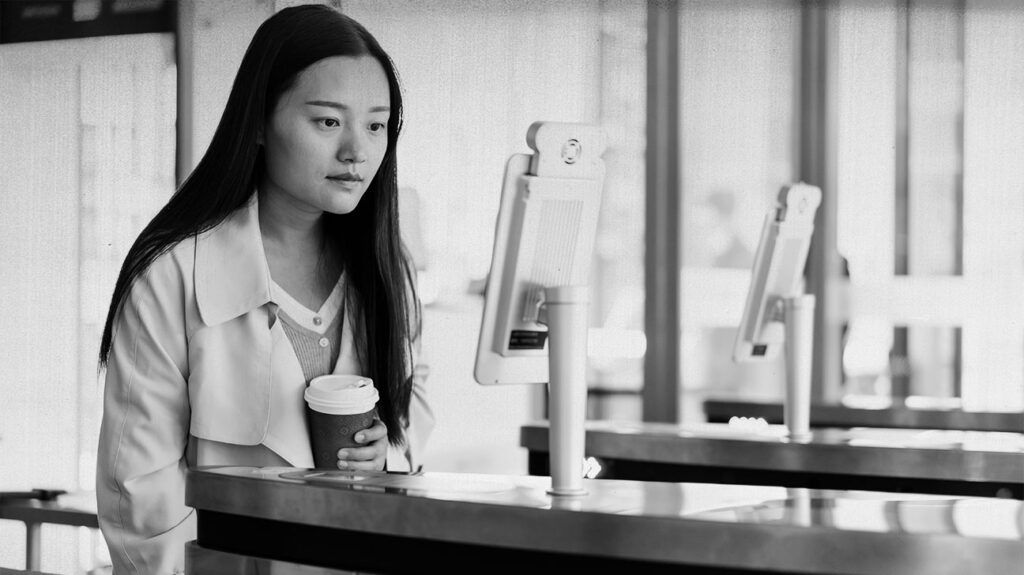Prosopagnosia is a neurological condition where a person is unable to recognize faces. It typically arises due to problems or damage in specific areas of the brain that process facial information.
Also known as face blindness or facial agnosia, this condition results in the inability to recognize faces.
This can cause a person to believe they recognize someone they have never met, or make them unable to recognize someone they have.
Currently, there is no treatment for prosopagnosia. However, different strategies are available to help with recognizing other people.

Prosopagnosia derives its name from
It refers to a cognitive condition that impairs a person’s ability to recognize faces, despite demonstrating no visual or intellectual difficulties.
For some individuals with prosopagnosia, all faces may appear similar, which can cause difficulty differentiating between faces. Others may be unable to recognize faces altogether, even those of close acquaintances, family members, or themselves.
Broadly, there are two types of prosopagnosia: Developmental (or congenital) and acquired. Developmental prosopagnosia refers to when a person is born with the condition, and acquired prosopagnosia is when a person develops it later in life due to damage to the brain.
While it is difficult to estimate the exact prevalence, a 2023 study suggests that roughly 1 in 33 people may meet the criteria for prosopagnosia. Notable individuals with the condition include actor Brad Pitt, primatologist Jane Goodall, and Apple co-founder Steve Wozniak.
The primary symptom of prosopagnosia is an inability to recognize faces. However, the severity of this symptom can vary among those living with face blindness.
Symptoms may also depend on the type of prosopagnosia. For example, a type of prosopagnosia known as apperceptive prosopagnosia describes when a person sees a blurry image instead of a person’s facial characteristics. Associative prosopagnosia refers to when a person can identify facial features but cannot associate the faces with individuals they know.
Additional symptoms of prosopagnosia can include:
- difficulty in interpreting facial expressions
- reliance on nonfacial cues such as hairstyle, clothing, or voice to identify people
- feeling socially isolated or anxious due to challenges in recognizing others
- difficulty navigating social situations, particularly in crowded or unfamiliar environments
- difficulty with tasks that require facial recognition, such as remembering names or following plotlines in movies or TV shows
- problems recognizing objects, such as cars, household utensils, or garden tools
- navigational difficulties
The cause of prosopagnosia can differ depending on the type of the condition. Generally, it occurs due to a problem with the parts of the brain that specialize in facial recognition. Some experts may refer to these face-selective areas of the brain as the face network. An area known as the fusiform face area is particularly important for facial recognition.
Developmental prosopagnosia is when a person does not develop face recognition skills. This is despite their vision and memory being unimpaired and no obvious signs of brain damage.
Acquired prosopagnosia can result from various factors. Research notes that this can
- traumatic brain injuries
- stroke
- neurodegenerative diseases, such as Alzheimer’s disease
- neuropsychiatric conditions, such as depression or schizophrenia
Diagnosing prosopagnosia will typically involve a comprehensive evaluation from a neurologist, neuropsychologist, or other healthcare professionals specializing in cognitive conditions.
An assessment session will usually consist of a range of tests assessing a person’s face recognition ability, as well as more general cognitive and visual skills. For example, this may include the Cambridge Face Memory Test, which involves trying to identify newly introduced faces.
The other tests can help to identify whether any accompanying problems with memory, attention, or vision may contribute to the face recognition difficulty.
Currently, there is no cure for prosopagnosia. However, several compensatory strategies can help individuals navigate their daily lives more effectively. Typically, these involve using other, nonfacial, features to help with recognition. Tips include:
- Nonfacial cues: This can include recognizing voices or body language, or noting people’s distinctive features, such as hairstyle, smell, height, or tattoos.
- Significant others: Individuals that people are close to may help them with recognition.
- Visual association: A person can try making memorable links between a person’s qualities and character using objects or locations.
- Conversation: A person may choose to tell people about prosopagnosia before meeting them. They can also ask them to introduce themselves when greeting them. A person may also use small talk and the topic of conversation to help identify people.
- Recognition aids: People can use items such as name tags to help with recognition.
Prosopagnosia, or face blindness, is a neurological condition. Its characteristic feature is a difficulty recognizing faces. The two main types of the condition are developmental and acquired prosopagnosia. Developmental describes when a person does not develop the ability to recognize faces, and acquired refers to when a person develops it later in life due to damage to the brain.
While the causes of prosopagnosia vary, it often relates to problems in the brain regions responsible for facial processing. The diagnostic process involves tests to measure a person’s ability to identify recently introduced faces.
Although there is currently no cure, there are management strategies available for prosopagnosia. These include using nonfacial cues and recognition aids.
